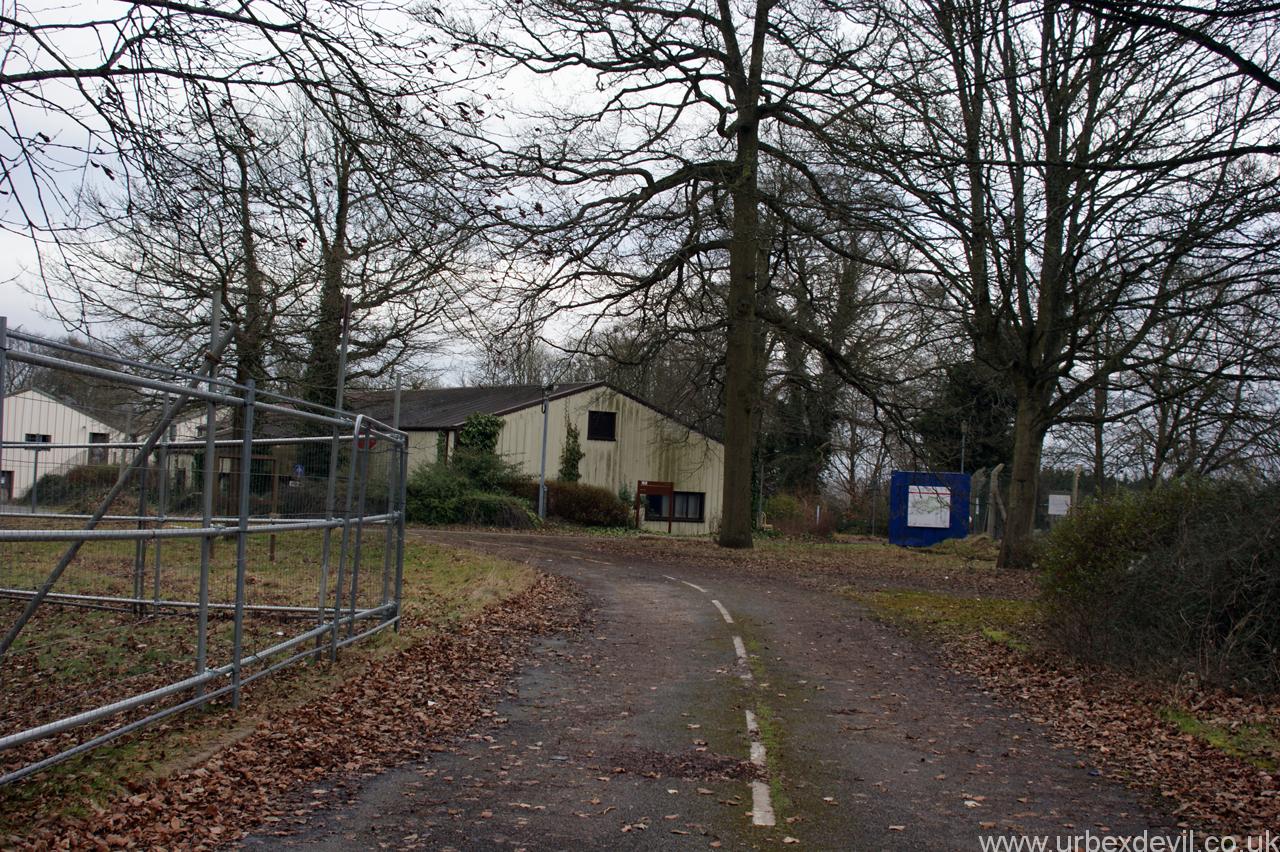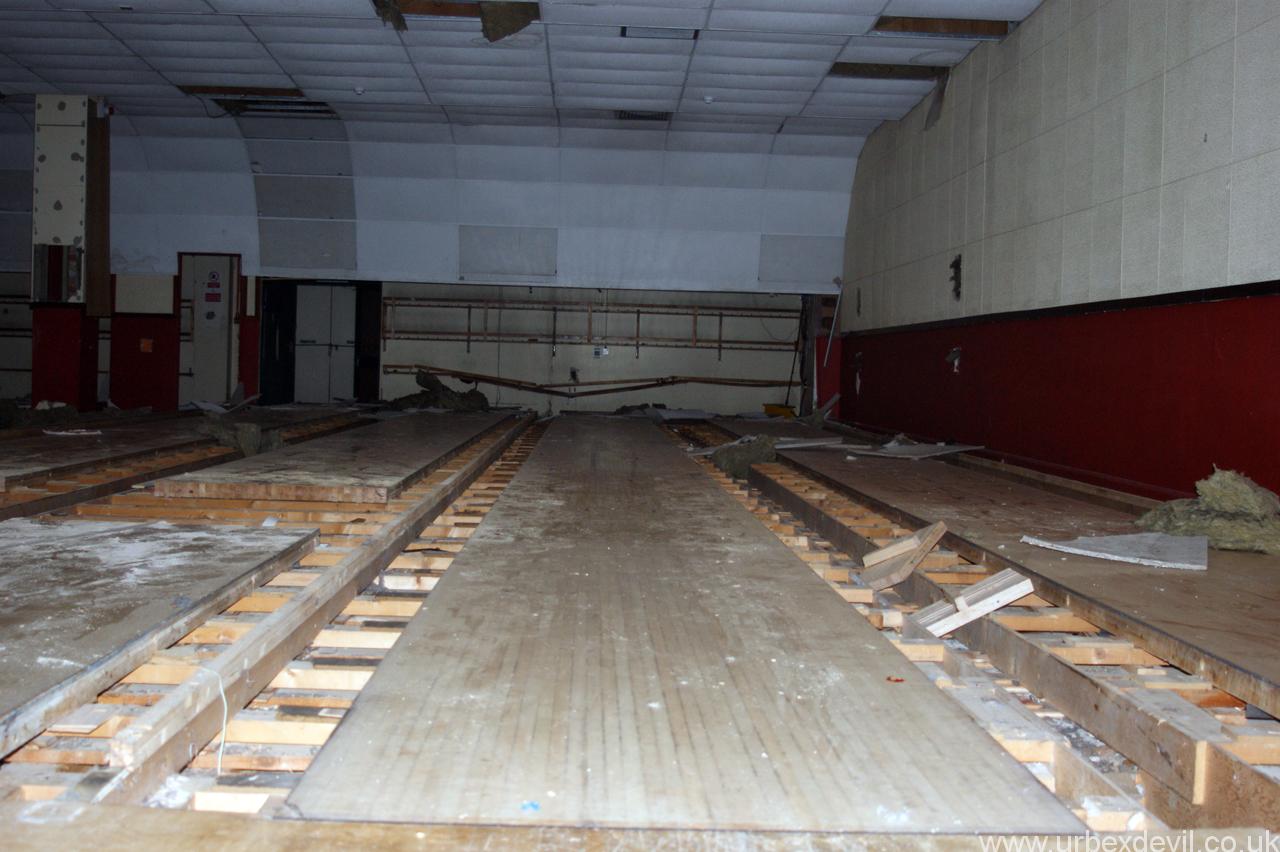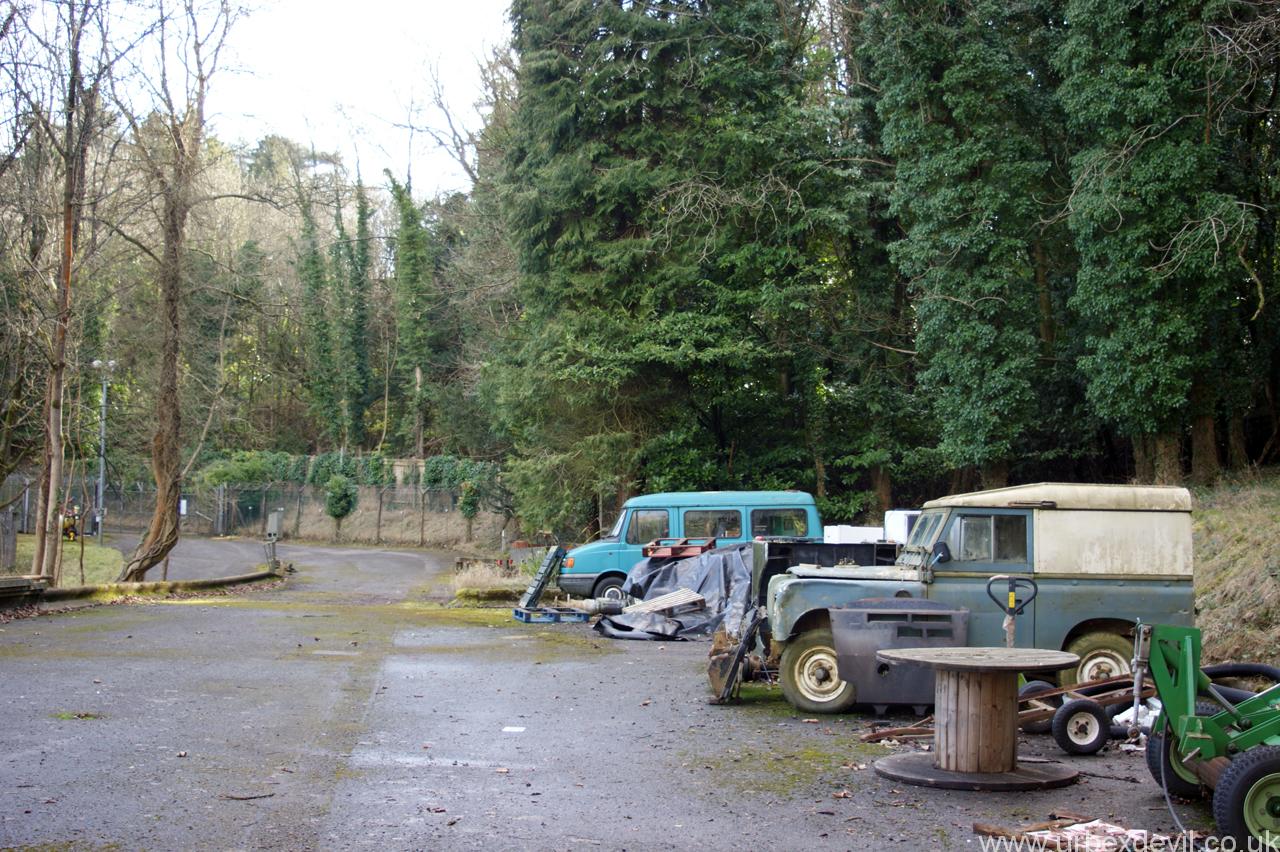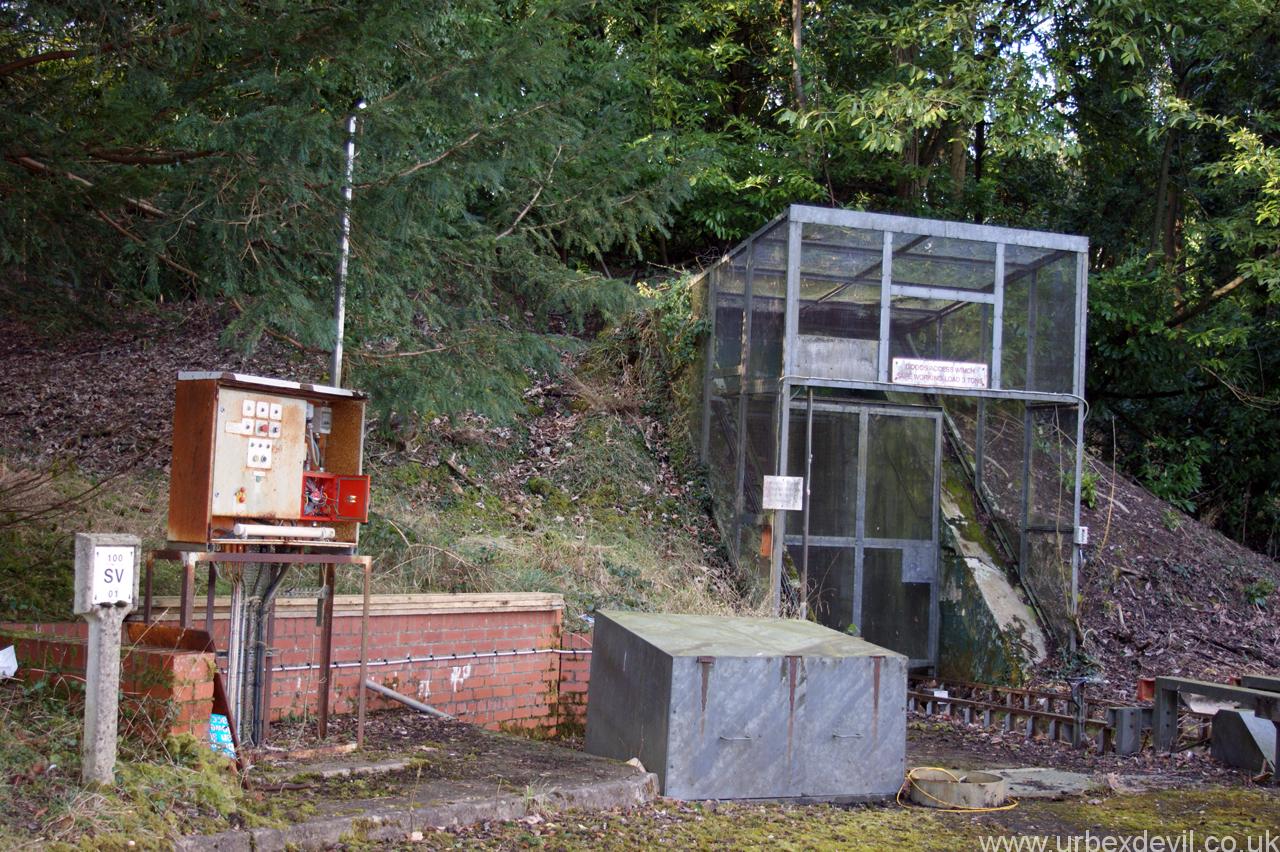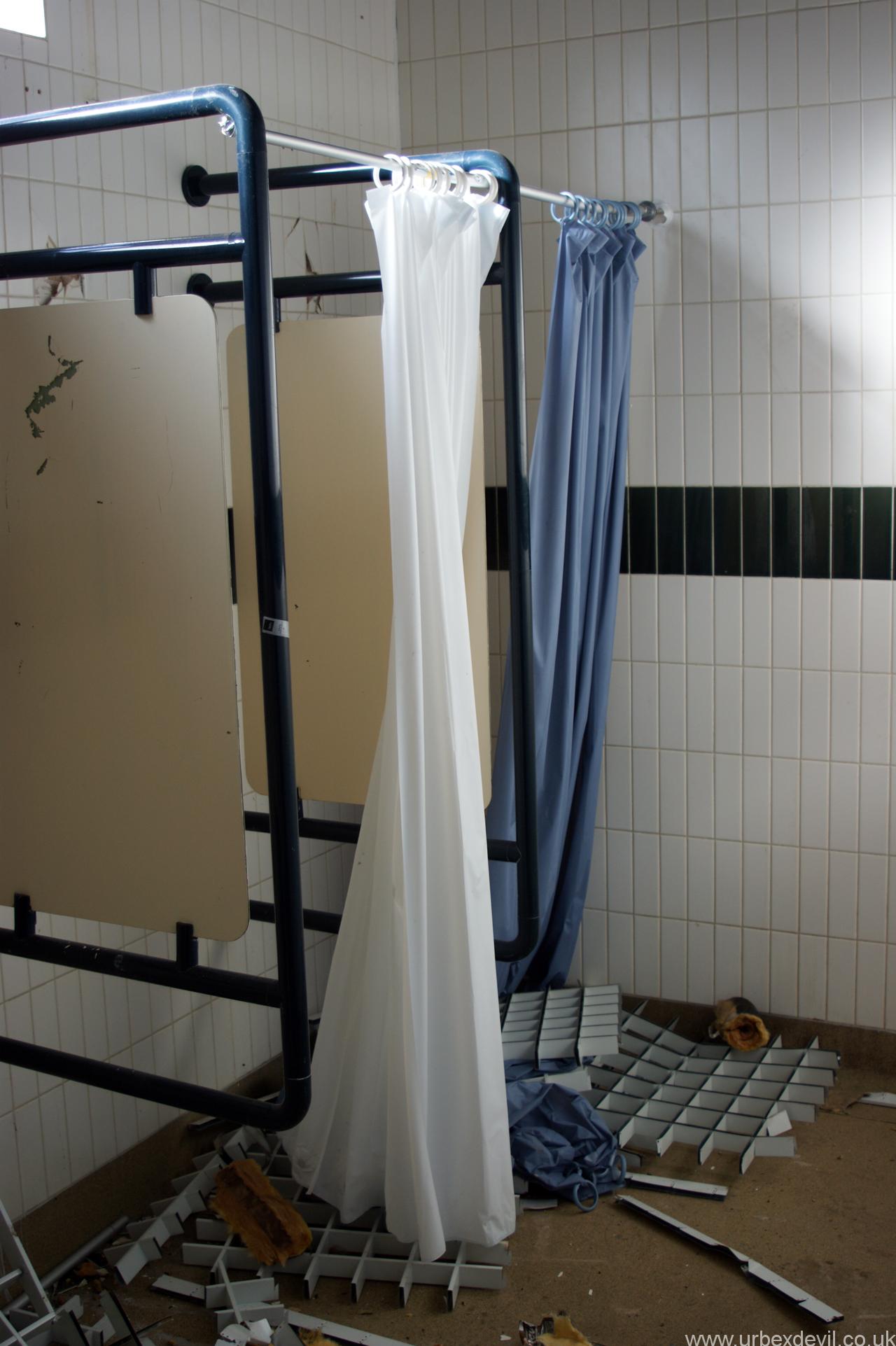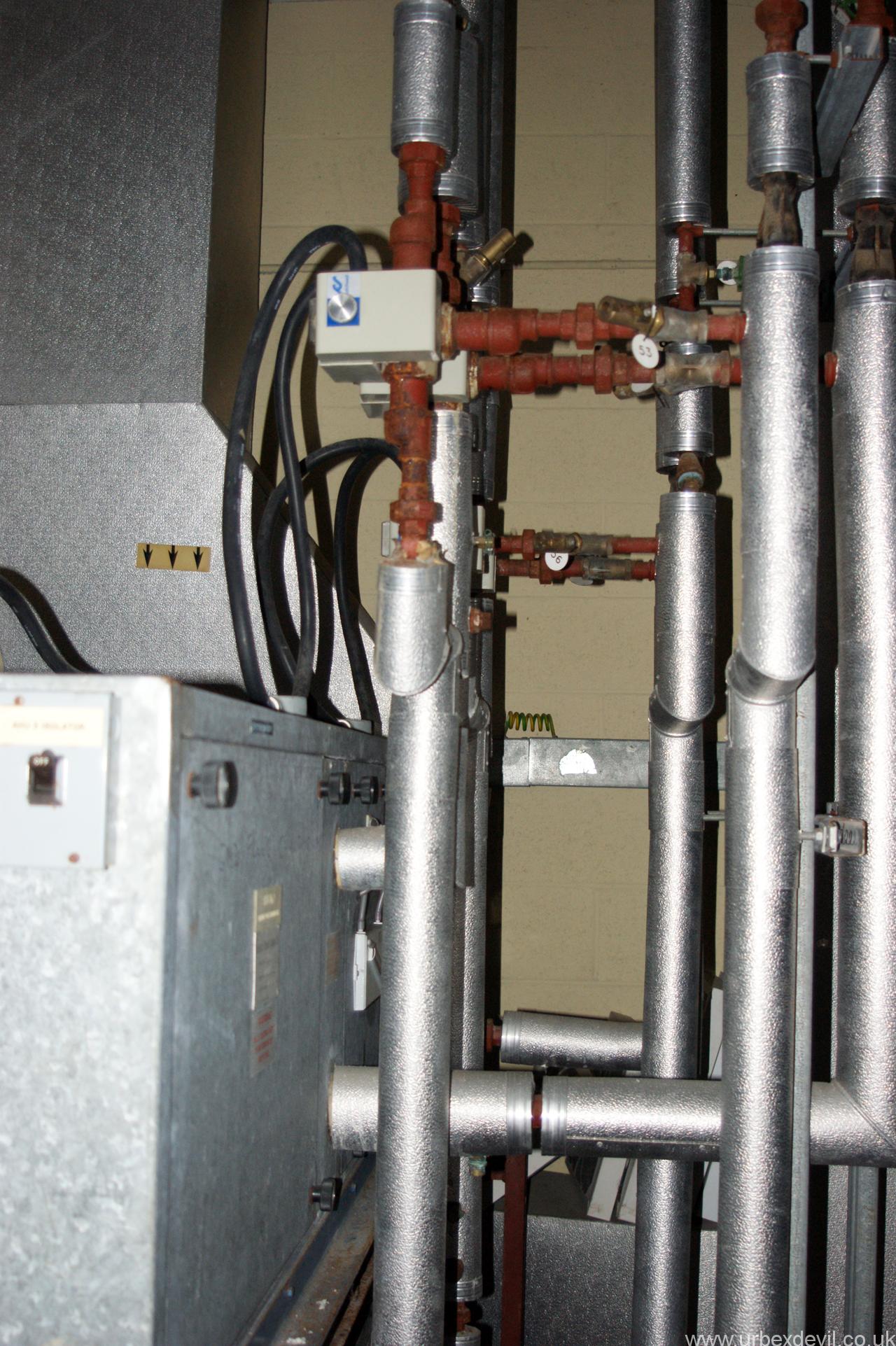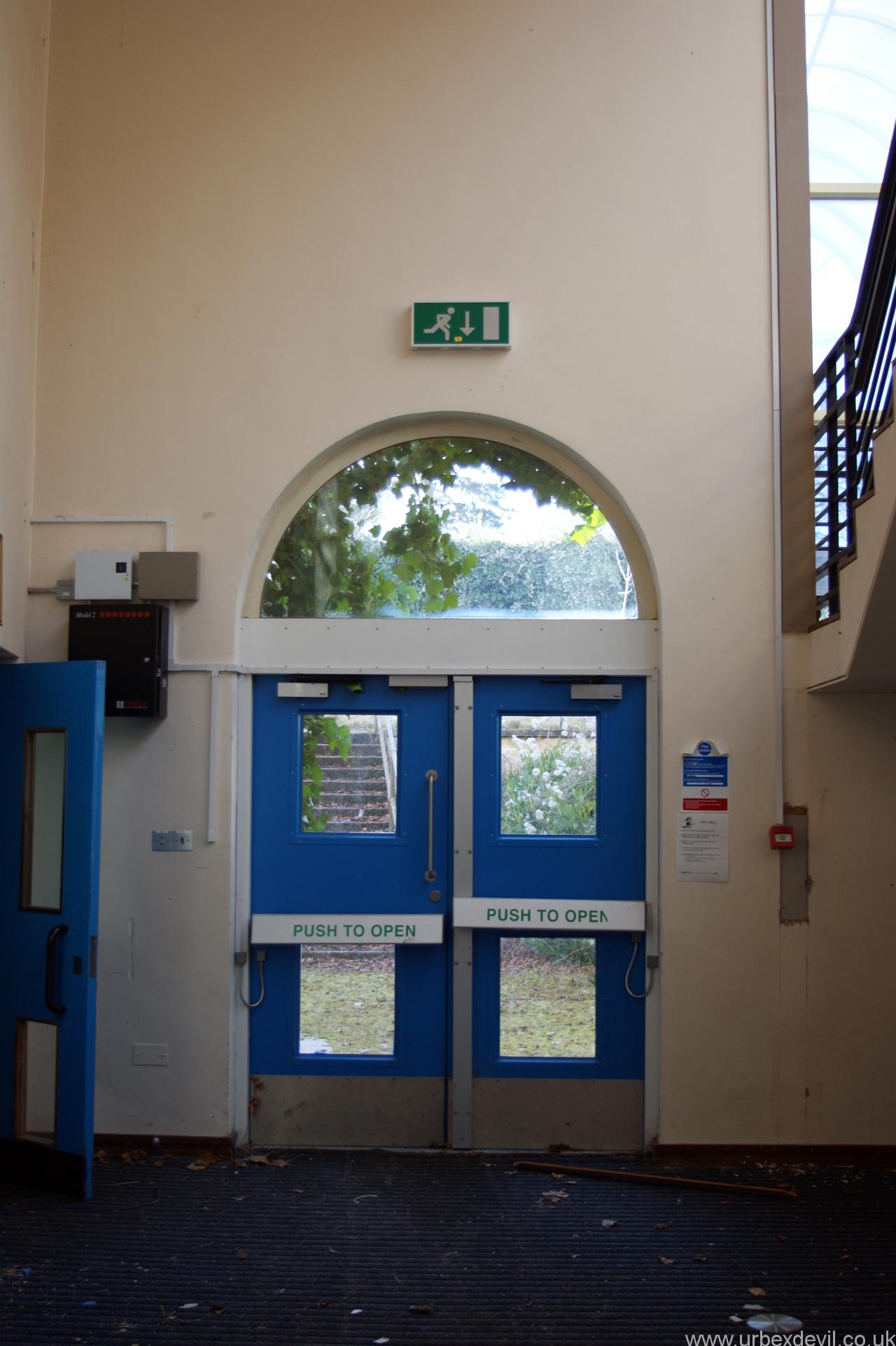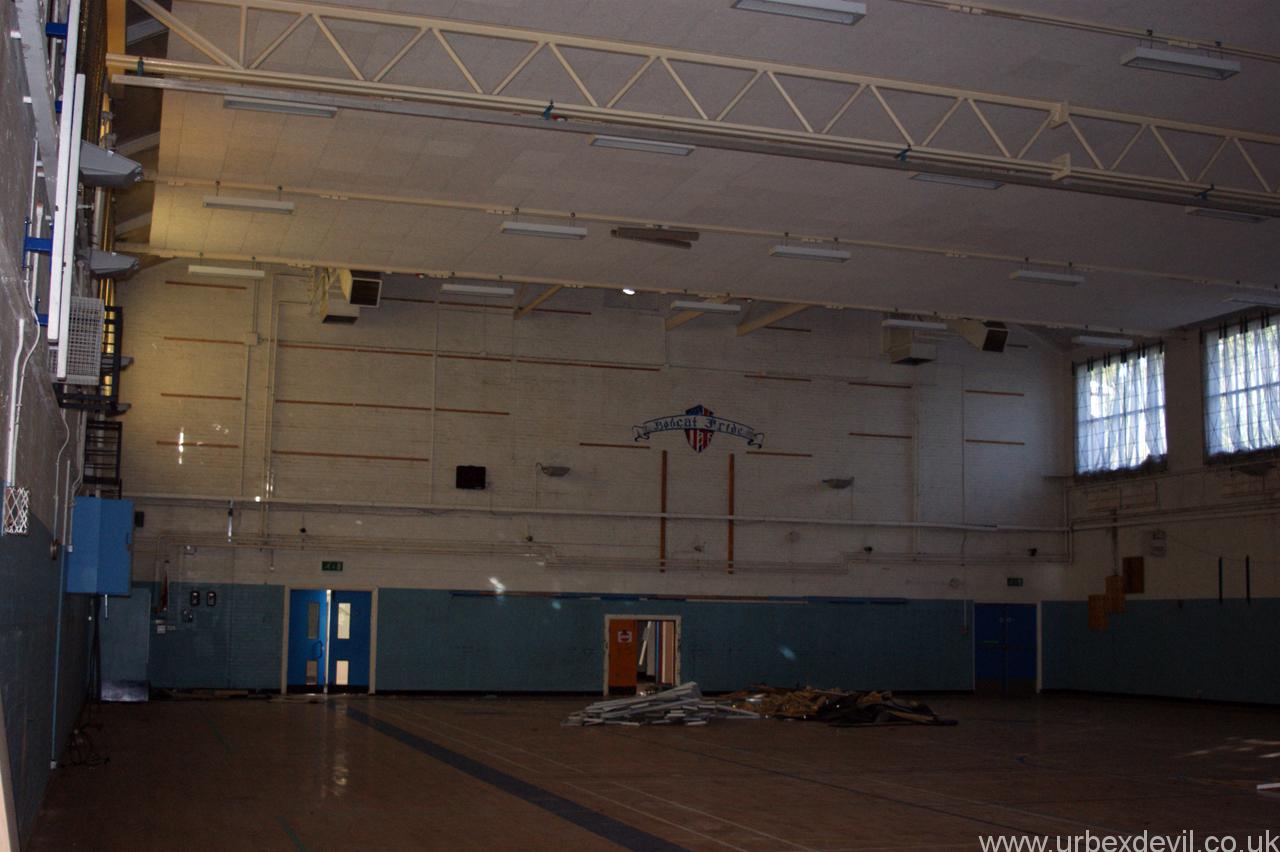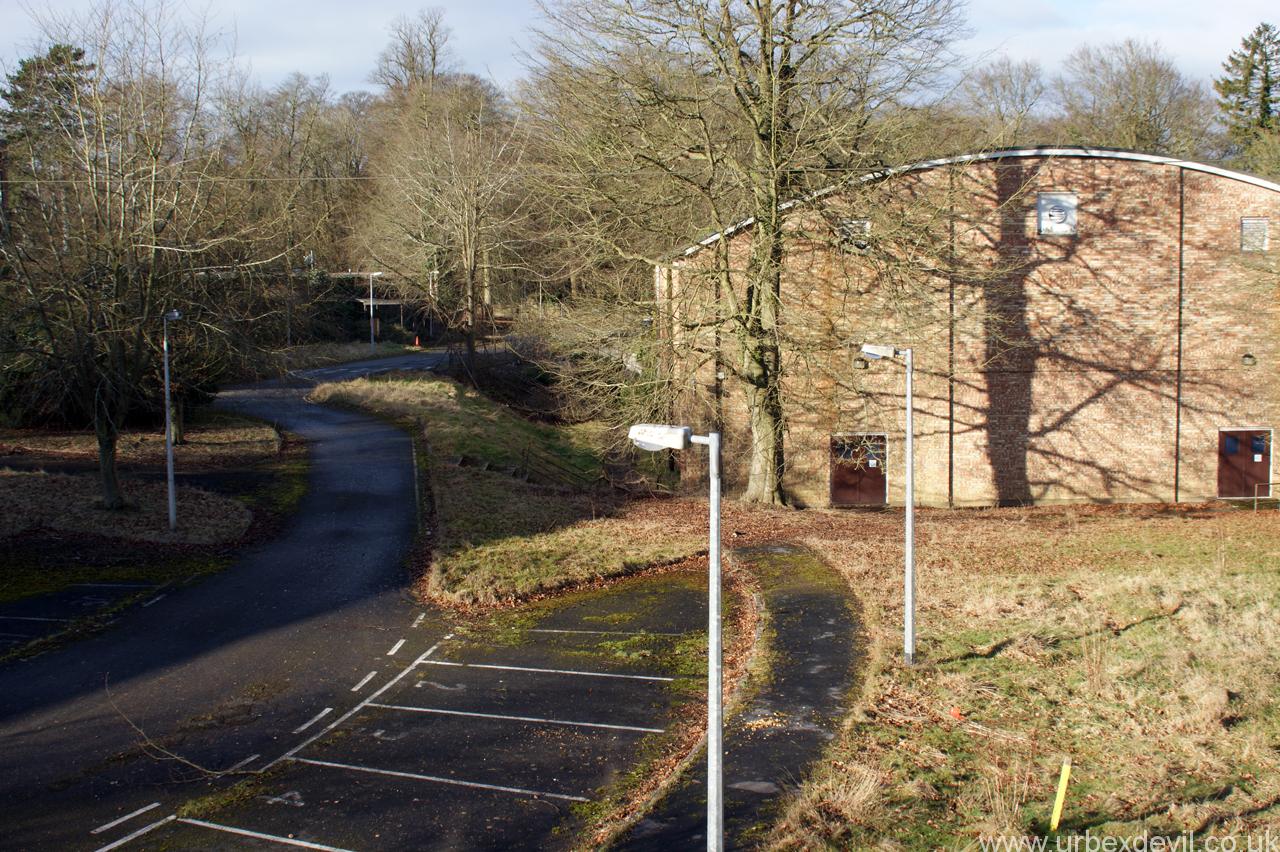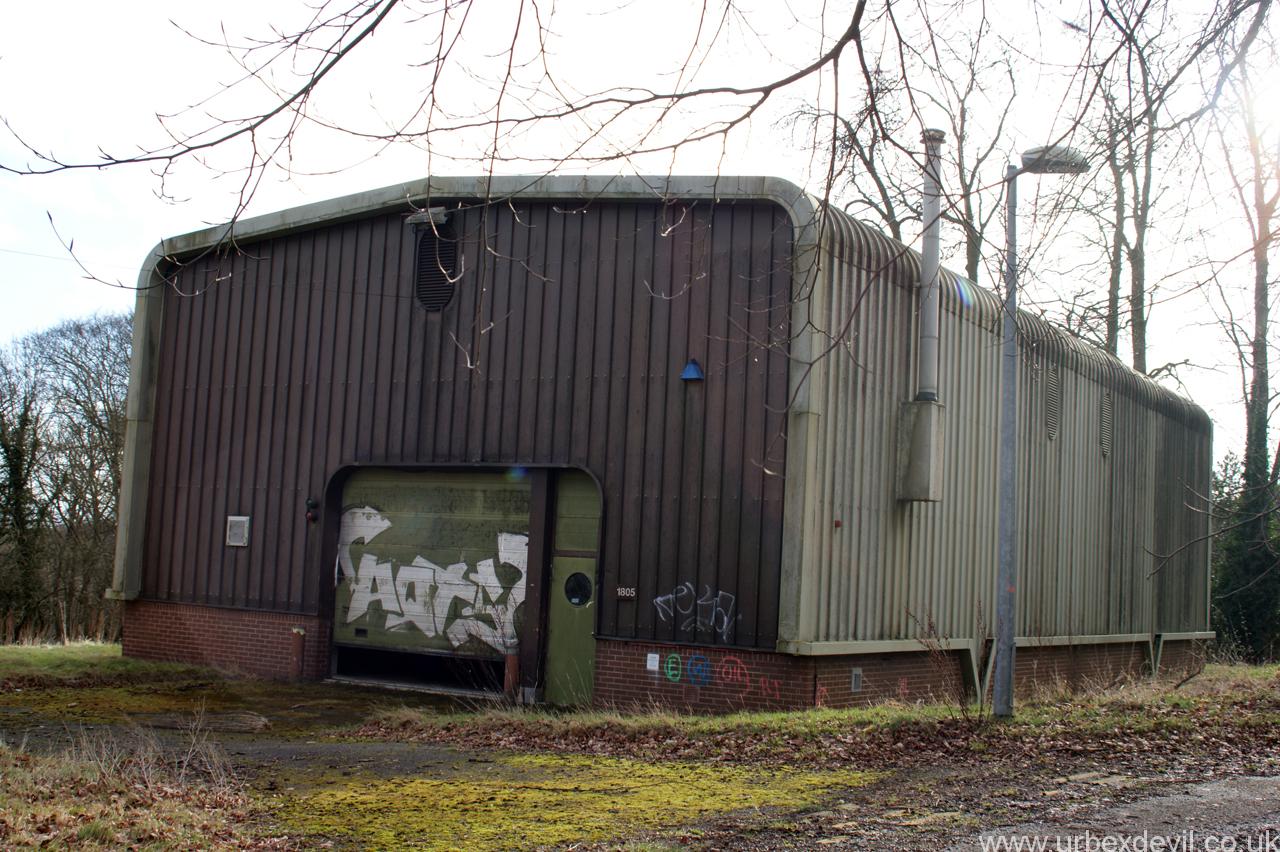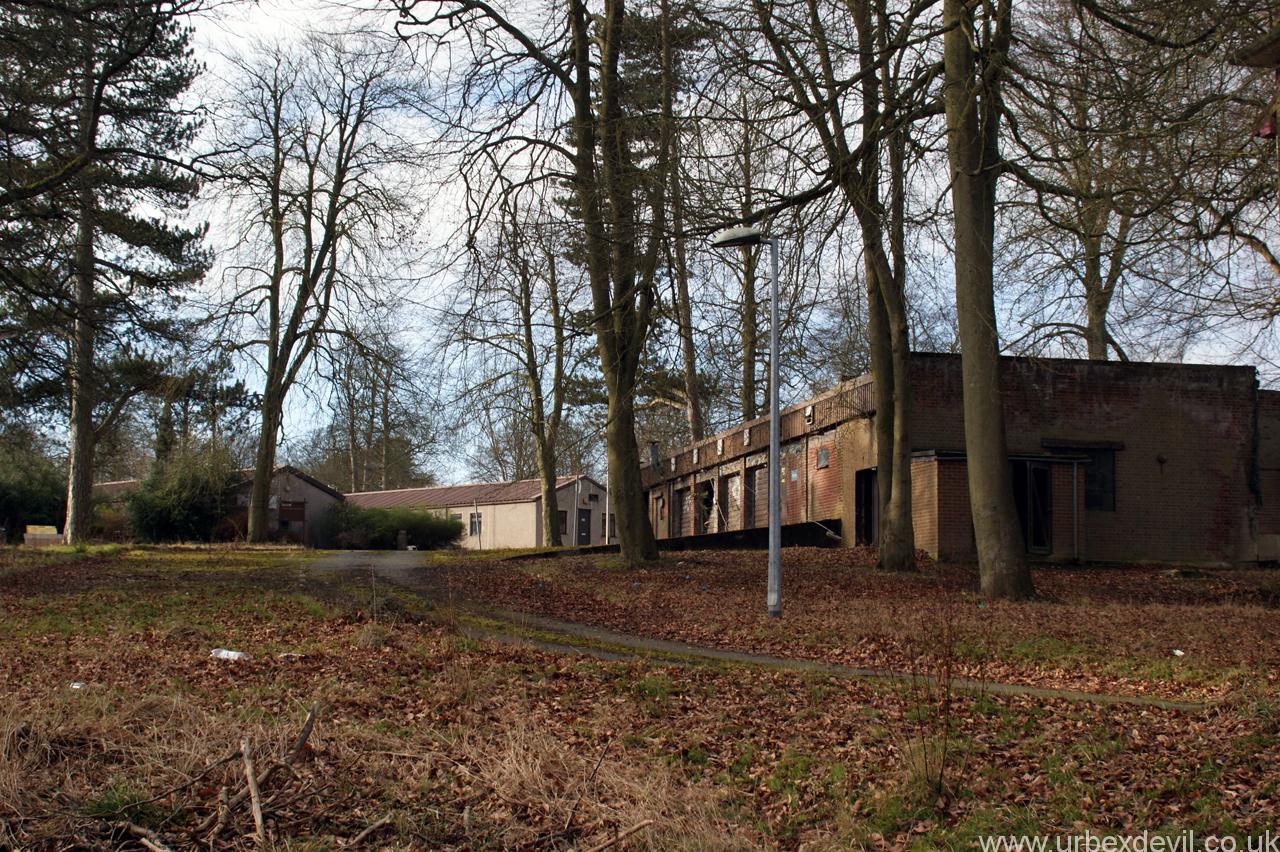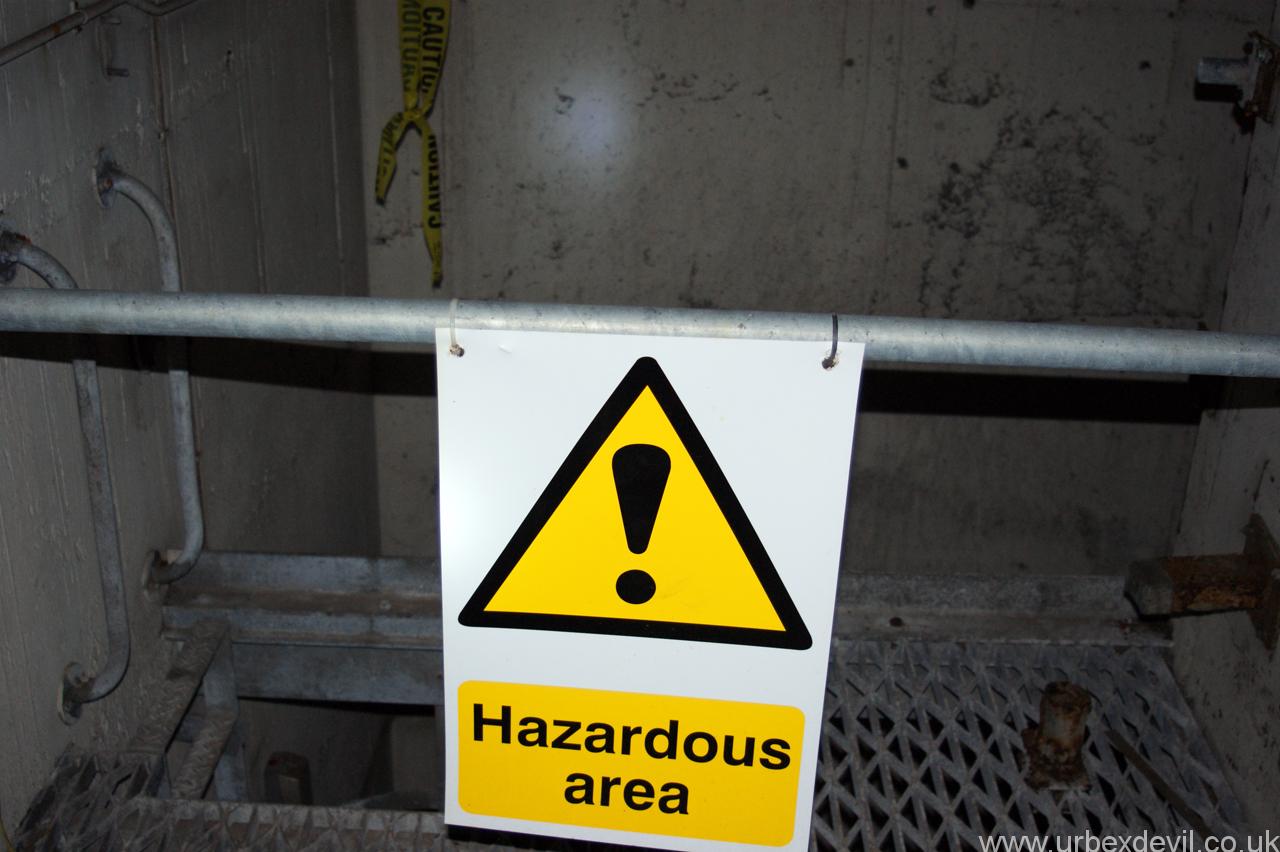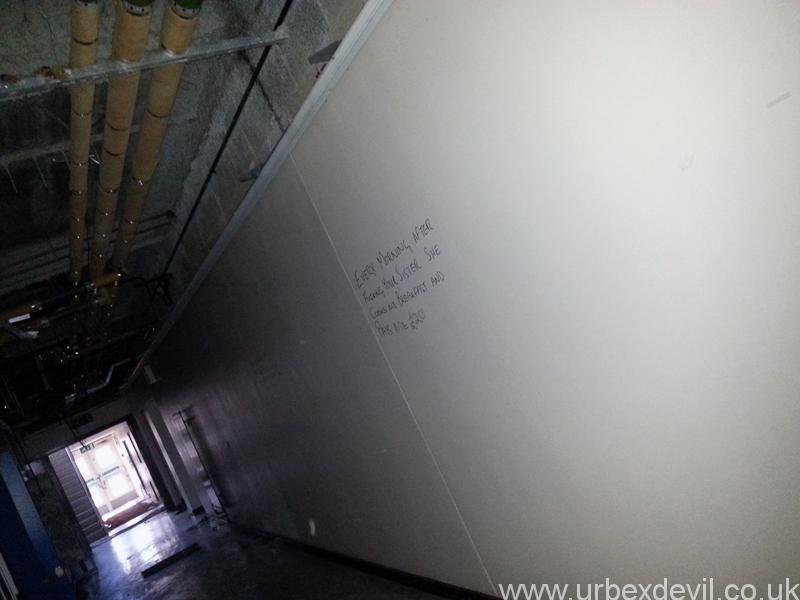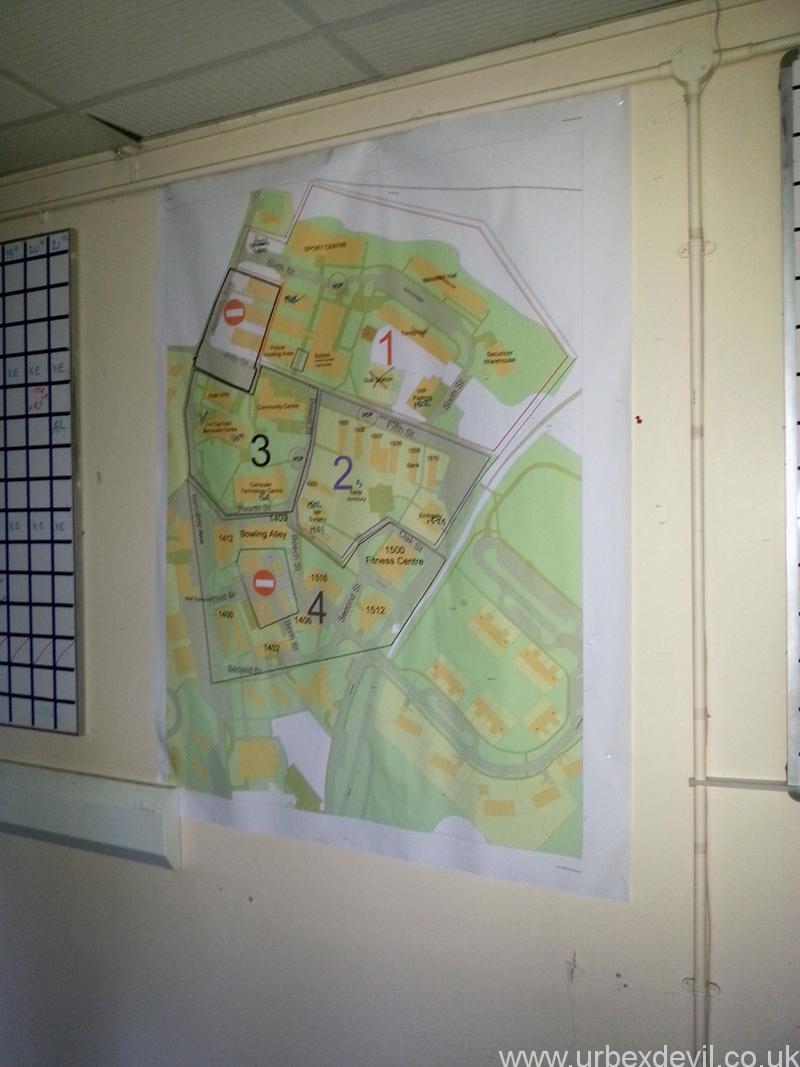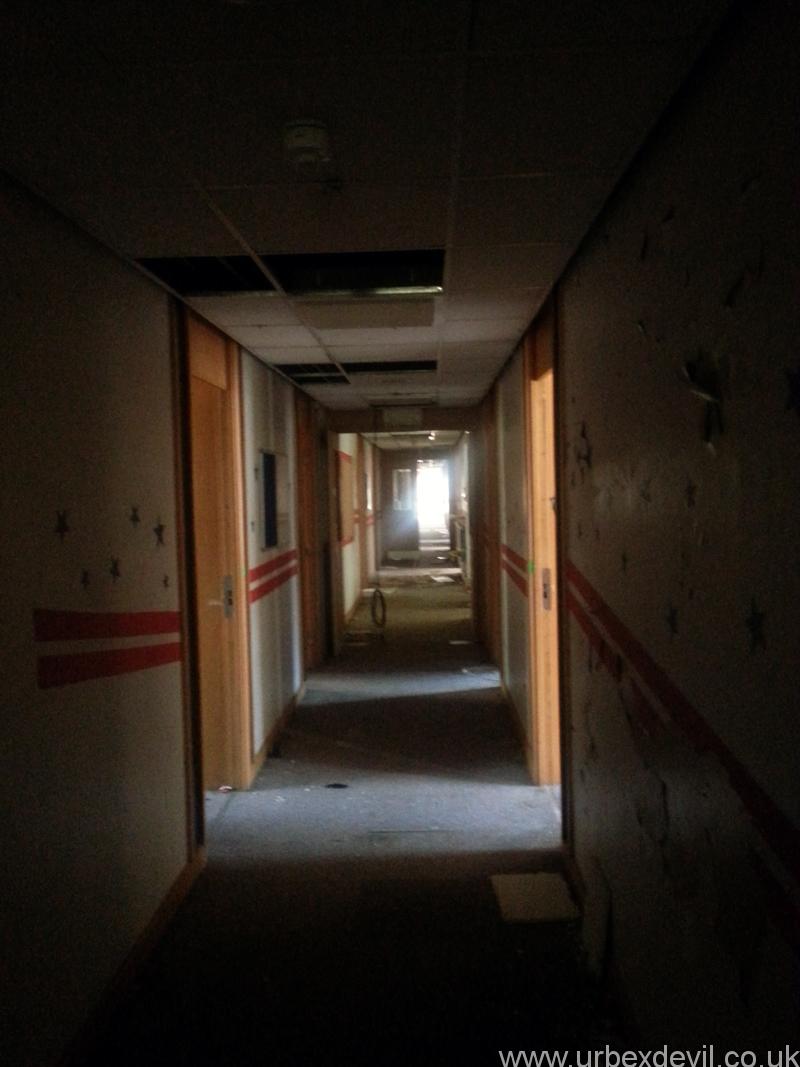American military forces were first stationed at High Wycombe in 1942, shortly after the United States’ formal entrance into the Second World War. So urgent was the action that Wycombe Abbey School, situated on the land that would become the station, was given three weeks to find new facilities; failure in this effort led to the school’s closing, until the independent girl’s school was returned by the US in 1945.
In 1952, the station, formerly known as Daws Hill House, welcomed US forces again. The following years of the Cold War saw fluctuation in the station’s importance.
Approximately 800 personnel were stationed there when, in 1969, their numbers were reduced, so that, in the early 1970s, only a small group remained for upkeep of facilities.
Then, in 1975, activity escalated, revitalising the station’s importance to the American military in Europe. Its nuclear bunker, with 23,000 square feet (2,100 square meters) of space, housed high-tech equipment for the direction of nuclear bombers and guided missiles.
Between 1982 and 1985 there was a peace camp outside the base protesting against the bringing of United States cruise missiles to the United Kingdom.
Use of the station was reduced with the end of the Cold War; by 1992, US Defense personnel at RAF Daws Hill numbered fewer than 350.
In 2002, the UK Ministry of Defence proposed to close RAF Daws Hill some years in the future, turning the 50 acres (20 ha) of land over to other public and private use and relocating American Naval personnel and activities to other locations near London, particularly RAF Uxbridge. The plan apparently fizzled, however, when the US Navy voiced its preference to remain. High Wycombe, desiring to build at least 400 new houses by 2011 for its growing population, considered the land ideal for up to 600 houses; but nearby residents also rejected the proposal because of the changes that it would entail, including increased traffic on relatively quiet roads.
The station was home, between 1971 and 2007, to the London Central Elementary High School, part of the Department of Defense Dependents Schools, with pupils in grades K–12. Also at Daws Hill are 70 housing units for American personnel and their families. Other facilities include warehouses and those for vehicle maintenance, as well as support buildings for persons who lived and worked at the station, such as a bank, a post office, a bowling alley, sports grounds and buildings, a small exchange, an automobile refueling station, and a social club.

